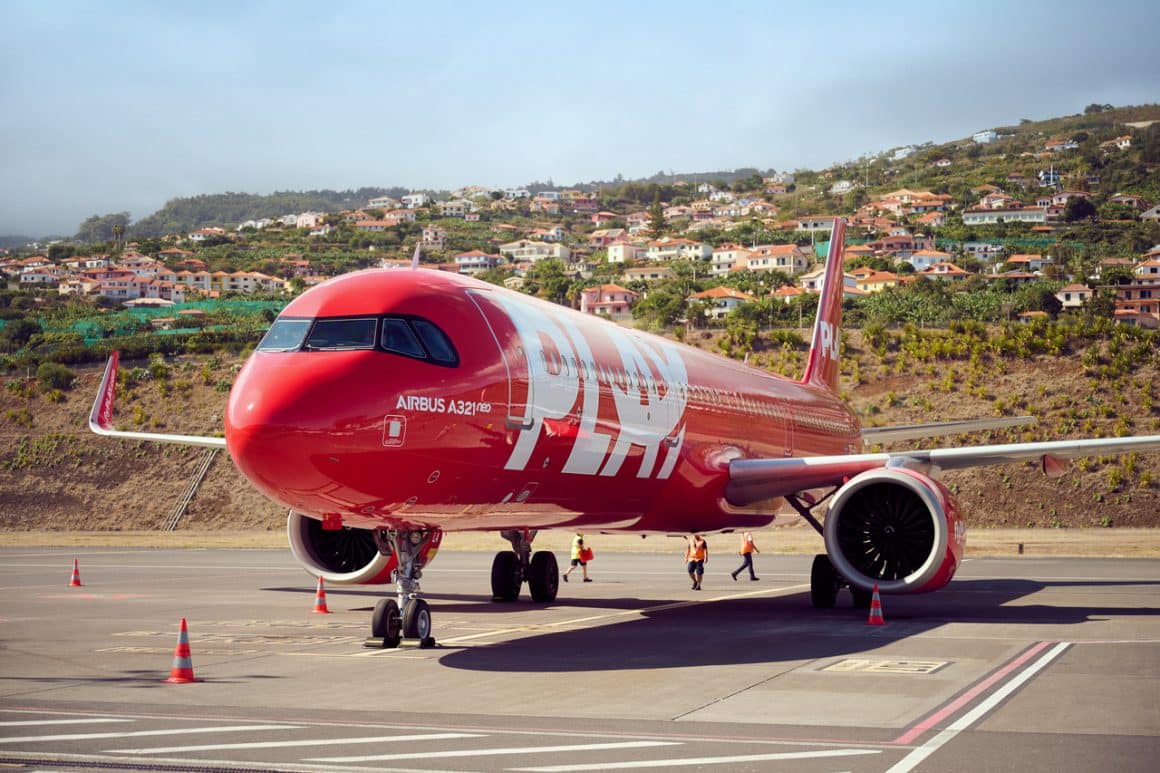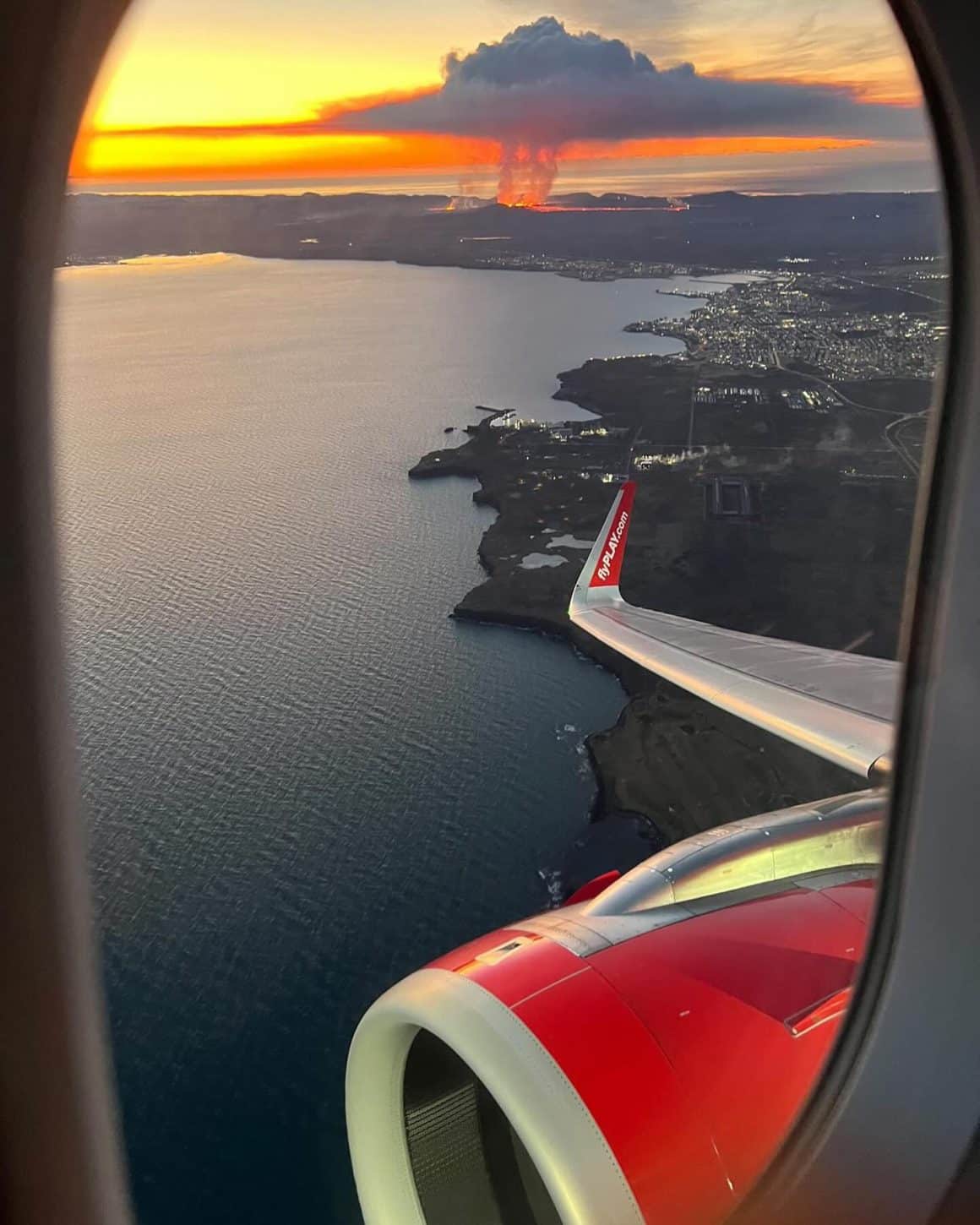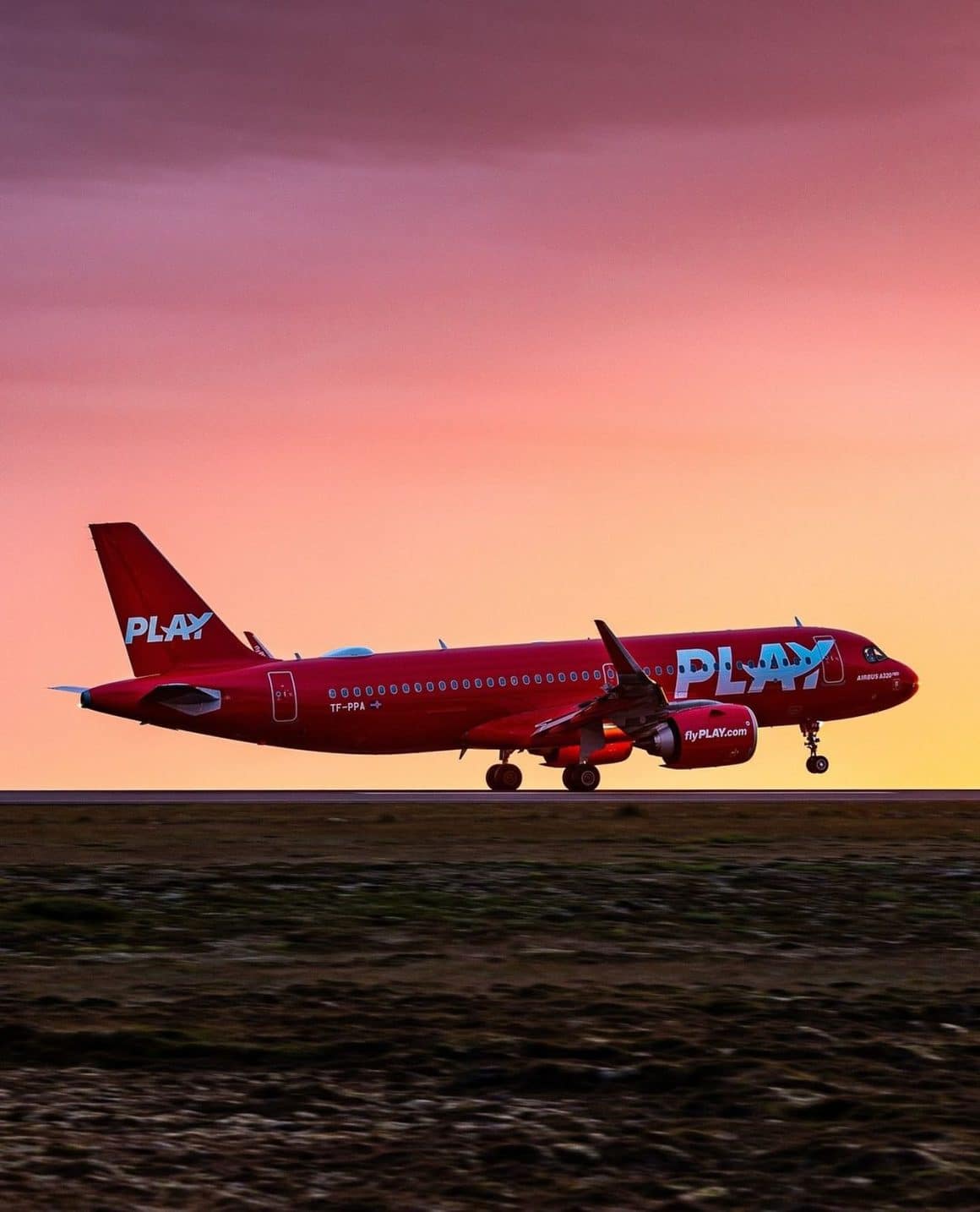PLAY Airlines Bankrupt: The carrier has announced the immediate shutdown of its operations.
Reykjavík-based PLAY Airlines has ceased operations effective immediately, announcing its shutdown on Monday, 29 September. All scheduled flights were canceled without notice, leaving thousands of passengers stranded.
The move, while abrupt, was not entirely unexpected. Earlier this year, the carrier sharply reduced its route network and confirmed plans to discontinue all North American service by fall.
PLAY’s collapse makes it the second Icelandic low-cost carrier in five years to shut down, following WOW Air’s failure in 2019. The parallels raise fresh doubts about whether the low-cost, long-haul model can ever be sustained across the North Atlantic, and about Iceland’s ability to function as a viable hub for budget transatlantic traffic.
Sudden Shutdown, Deep Impact
In a tersely worded announcement on its website, the carrier stated:
“We are deeply sorry for the disruption this causes and thank you for your understanding.”
Additionally, the board of Fly PLAY hf. said the following:
“There are many reasons behind this decision. The company’s performance has long fallen short of expectations, ticket sales have been poor in recent weeks and months following negative media coverage, and internal disagreements among some employees regarding strategic changes have further strained the situation.”
This decision immediately grounds its fleet and cancels all flights.
Estimates suggest roughly 400 employees will lose their jobs. The airline also acknowledged the knock-on effects for its partners, including airports, ground handlers, and travel agencies, that will absorb significant financial losses.
As is typically the case with sudden airline shutdowns, the sudden halt has created a scramble for PLAY customers to rebook or seek refunds. PLAY is advising those who paid by credit card to claim refunds through their card issuer.
The shutdown’s effect on the US is relatively minor, as the only remaining route to North America was to Baltimore/Washington International Airport (BWI). Earlier in 2025, the airline had already announced the discontinuation of all US service by fall.
Throughout its short five-year history, PLAY Airlines served the following North American destinations:
- Baltimore, MD | Baltimore/Washington International Airport (BWI)
- Boston, MA | Boston Logan International Airport (BOS)
- Newburgh, NY | Stewart International Airport (SWF)
- Washington, DC | Dulles International Airport (IAD)
- Hamilton, Ontario, Canada | John C. Munro Hamilton International Airport (YHM)
All North American flights were operated from PLAY’s hub at Keflavik International Airport (KEF).
A Business Model That Never Fully Took Off

PLAY was founded in 2019 and commenced operations in June 2021, positioning itself as a successor to WOW Air, another ambitious yet ill-fated Icelandic ultra-low-cost carrier. From the outset, its model hinged on connecting Europe and North America via Iceland, offering ultra-low fares and leveraging Iceland’s geographic advantage.
The carrier featured flight attendants in T-shirts and tried to make flying fun again, even hosting an in-flight wedding on Valentine’s Day 2025.
Over its five-year lifespan, PLAY expanded aggressively, operating flights to approximately 34 destinations at its peak with a fleet of 10 Airbus A320neo and A321neo aircraft. Financially, however, the airline never broke through to sustainable profitability:
- 2021: $22.5 million
- 2022: $45.5 million
- 2023: $35.2 million
- 2024: $66 million (roughly $42 lost per passenger, according to The Independent)
PLAY sought to reinvent itself in late 2024 and 2025. It scaled back its transatlantic ambitions, refocused on European leisure routes, and transferred operational oversight to a Maltese subsidiary (PLAY Europe) while surrendering its Iceland AOC. It also planned to wet-lease some aircraft and transition part of the business to a virtual-operator model.
But the turnaround never materialized. Weak demand, rising costs, and internal divisions overwhelmed the business.
Observers say that PLAY essentially repeated WOW Air’s missteps in hoping to scale a low-yield transatlantic model from Iceland in an era of rising fuel, labor, and interest costs, and intensifying competition from full-service and hybrid airlines with stronger networks. The market just proved too limited, with revenues insufficient to cover fixed infrastructure and seasonal demand swings.
Play Airlines Bankrupt, but Far from Alone in the Struggle
PLAY is far from alone in its struggles. Norwegian Air Shuttle faced a similar reckoning, abandoning its long-haul network in 2021 after years of heavy losses. Norse Atlantic Airways, launched the same year with ex-Norwegian executives and a fleet of Dreamliners, has also struggled to stay profitable, recently cutting back routes and pivoting into aircraft leasing.
The pattern is hard to miss: long-haul, low-cost is one of the most challenging games in commercial aviation. Fuel prices fluctuate, legacy competitors like Icelandair fight tooth and nail, and passenger demand dwindles rapidly once summer crowds thin out. For Iceland in particular, the brutal winter lows can be unforgiving to anyone trying to keep a budget transatlantic model airborne.
Even PLAY’s own leadership admitted that the North American market in 2024 was “incredibly challenging,” with overcapacity dragging yields down to unsustainable levels.
A Nail in the Coffin for Budget Travel to Iceland?

So, what now? It’s likely that Icelandair, the national incumbent, will reclaim traffic lost to Play and may even accelerate network expansion, especially into underserved leisure markets. These moves will further cement Icelandair’s dominance at KEF.
But one must ask: Are the days of uber-cheap flights to Iceland over? Some say that Iceland’s value as a connecting hub is now in question, especially as newer long-range single-aisle aircraft (e.g., A321XLR) enable nonstop routes that bypass the need for Iceland as a stopover.
Interestingly, The New York Times recently asked whether Iceland’s mass tourism boom, fueled by low-fare connectivity since the 2010 eruption of Eyjafjallajökull, may be too much for the pristine island to handle. With PLAY now shuttered, that prospect looks more realistic than ever.
For years, many Icelanders have expressed concerns that the influx of budget travelers has been overwhelming the island’s infrastructure and eroding its culture. With WOW Air gone, and now PLAY following the same path, those critics may very well get their wish: a sharp curtailing of the bargain-basement tourism boom that put Iceland on the global travel map.


